When it comes to the animal kingdom, we often picture wildlife in constant motion—cheetahs sprinting across the savannah, or dolphins leaping energetically through the sea. Yet, there exists a class of creatures who have mastered the art of taking it easy. These laid-back beasts shatter our expectations, showing us that sometimes, doing absolutely nothing can be the perfect survival strategy. Journey with us through the fascinating world of the ultimate lazy animals, and discover why being inactive works wonders for their lifestyles.
The Slow Pace Specialists: Sloths And Koalas
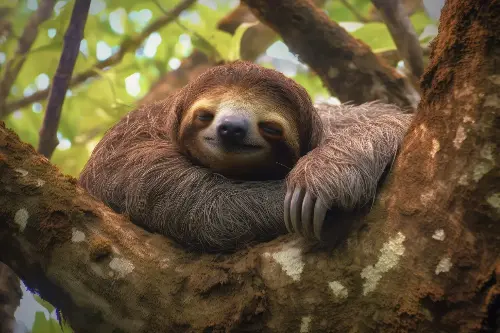
Sloths are the reigning champions of the chill life. Native to Central and South America’s rainforests, these tree-dwelling mammals spend around 20 hours a day hanging from branches in a state of near-total stillness. Their secret? A metabolism so slow that it can take them up to a month to digest a single meal. This deliberate lethargy helps sloths blend into the dense canopy; predators simply don't notice them. Moving slowly also conserves energy, which is vital since their diet of leaves is notoriously low in calories and nutrition.
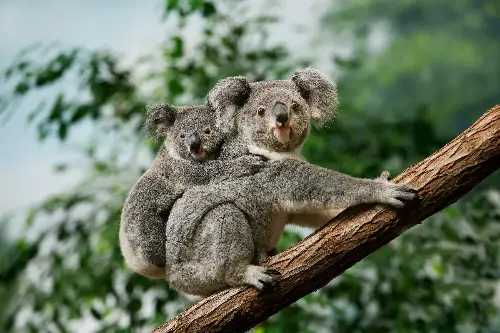
Not to be outdone, the koala is Australia’s own furry embodiment of idleness. These iconic marsupials can snooze for up to 22 hours a day. Their primary food source, eucalyptus leaves, isn’t just low in energy but also contains toxins, making it hard to digest. By keeping activity to a minimum, koalas give their bodies more time to process their unique diet and avoid overexertion. Their sluggish habits might look lazy to us, but for koalas, it’s simply a smart way to survive.
Marine Nappers: Manatees And Nurse Sharks
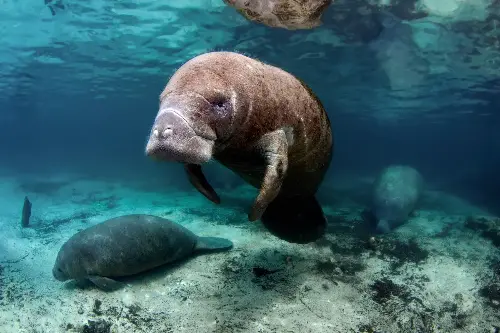
Beneath the waves, the manatee lumbers slowly through rivers and coastal waters, earning itself the nickname "sea cow." These gentle giants move at a relaxed pace and spend up to half the day sleeping submerged, surfacing only occasionally for air. Their herbivorous diet—mainly sea grass and floating vegetation—provides just enough energy, so frequent napping and slow living are their logical choices. The lack of natural predators also means manatees don’t need to be constantly alert or speedy, giving them the luxury of a laid-back lifestyle.
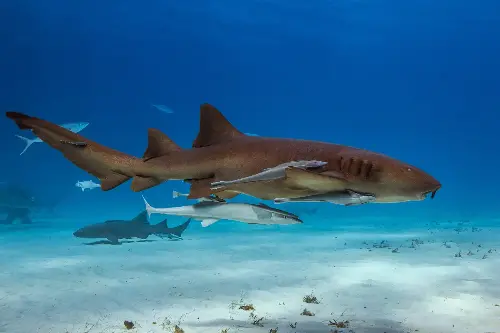
Nurse sharks offer another aquatic example. Known for their sedentary behaviour, these sharks often lie motionless on the ocean floor during the day, conserving energy and waiting for nightfall to forage. Unlike other shark species that must always swim to breathe, nurse sharks can pump water over their gills while stationary. This adaptation allows them to rest extensively without compromising their oxygen intake.
Land Legends: Pandas And Giant Tortoises
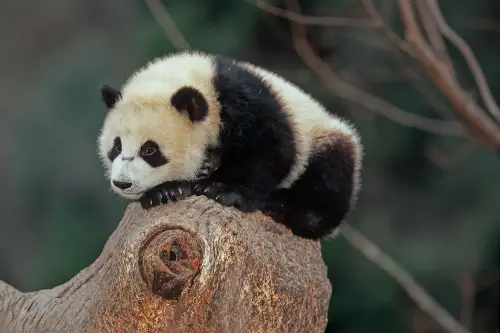
Few animals have captured public affection like the panda, which also reigns as one of the world’s most famously indolent animals. Giant pandas munch on bamboo for up to 12 hours daily, but the rest of their time is spent lolling about or catching up on sleep. Their energy intake from bamboo is minimal—almost 99 percent of their diet is this tough, fibrous plant—so a sluggish lifestyle is critical. By sticking to a slow daily rhythm, pandas keep the calories they do consume focused on essential functions rather than expending them with unnecessary activity.
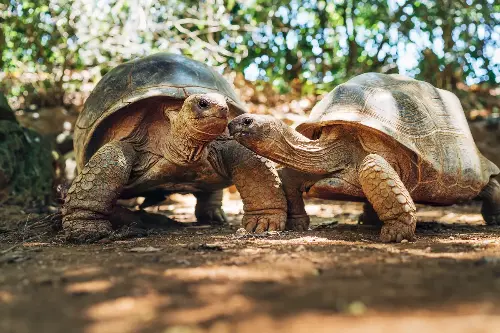
Giant tortoises, particularly those from the Galápagos Islands, have turned slow-living into an art form. Renowned for their longevity, which can span more than a century, these reptiles move at a crawl and rest for as much as sixteen hours a day. Their slow metabolism suits the hot, dry climates in which they live, where conserving water and energy is crucial. Over millions of years, being “lazy” has helped adult tortoises avoid overheating, predation (there are few threats to such a large, hard-shelled animal), and resource scarcity.
Masters Of Strategic Dormancy: Echidnas And Brown Bats
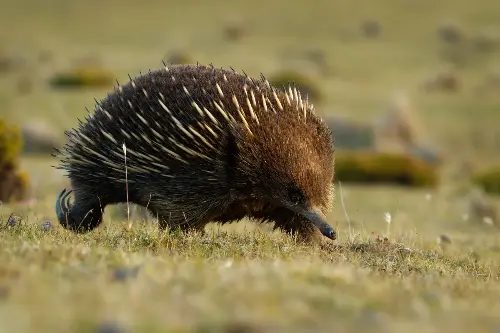
While some animals are casual nappers, others opt for seasonal or strategic bouts of inactivity. Take the echidna, for example. This spiny Australian mammal goes into torpor—a form of short-term hibernation—when temperatures drop. Its body temperature and metabolism plummet, allowing it to conserve energy until conditions improve. This practice is so effective that echidnas can survive extended periods of cold, drought or food shortage with grace.
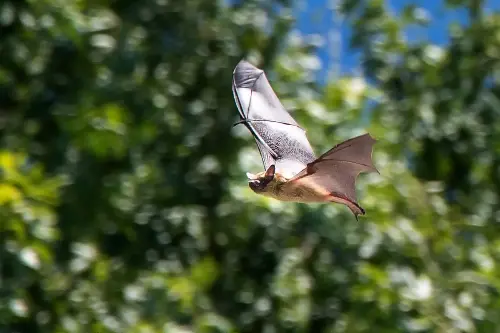
Brown bats, meanwhile, are headline-makers in the world of true hibernation. During the cold winter months, they can slow their heart rates to just 20 beats per minute, compared to their usual 1,000 beats at rest. While hibernating, bats may go more than six months without eating, surviving on fat reserves. This extreme laziness is not just restful; it’s a lifeline, ensuring that they re-emerge strong and ready for action come warmer weather.
Why Laziness Works In The Wild
"Lazy" habits might sound unproductive, but in the animal kingdom, efficiency rules. Many of these animals inhabit environments where energy is hard to come by, whether that’s due to scarce food, extreme temperatures, or limited water. By minimising movement and resting for long stretches, they conserve precious calories and avoid unnecessary risk. Their slow rhythms also serve as natural defence mechanisms: motionless sloths avoid hungry predators, while burrow-snoozing echidnas stay hidden from view.
Additionally, energy-saving behaviours can help boost longevity. Many of the slow-moving animals on this list, such as the giant tortoise or certain bat species, are among the longest-living creatures on Earth. Their leisurely lifestyles help them survive year after year, through feast and famine alike.
Of course, for many of these animals, being lazy isn’t just about resting—it’s a finely tuned survival strategy, crafted by millions of years of evolution.
So the next time you feel guilty about taking it easy on a lazy Sunday, remember the master slackers of the animal world. For them, conserving energy isn’t just a luxury—it’s the secret to a long, successful life. Perhaps we could all benefit from slowing down once in a while and learning from nature’s most lovable loungers.
